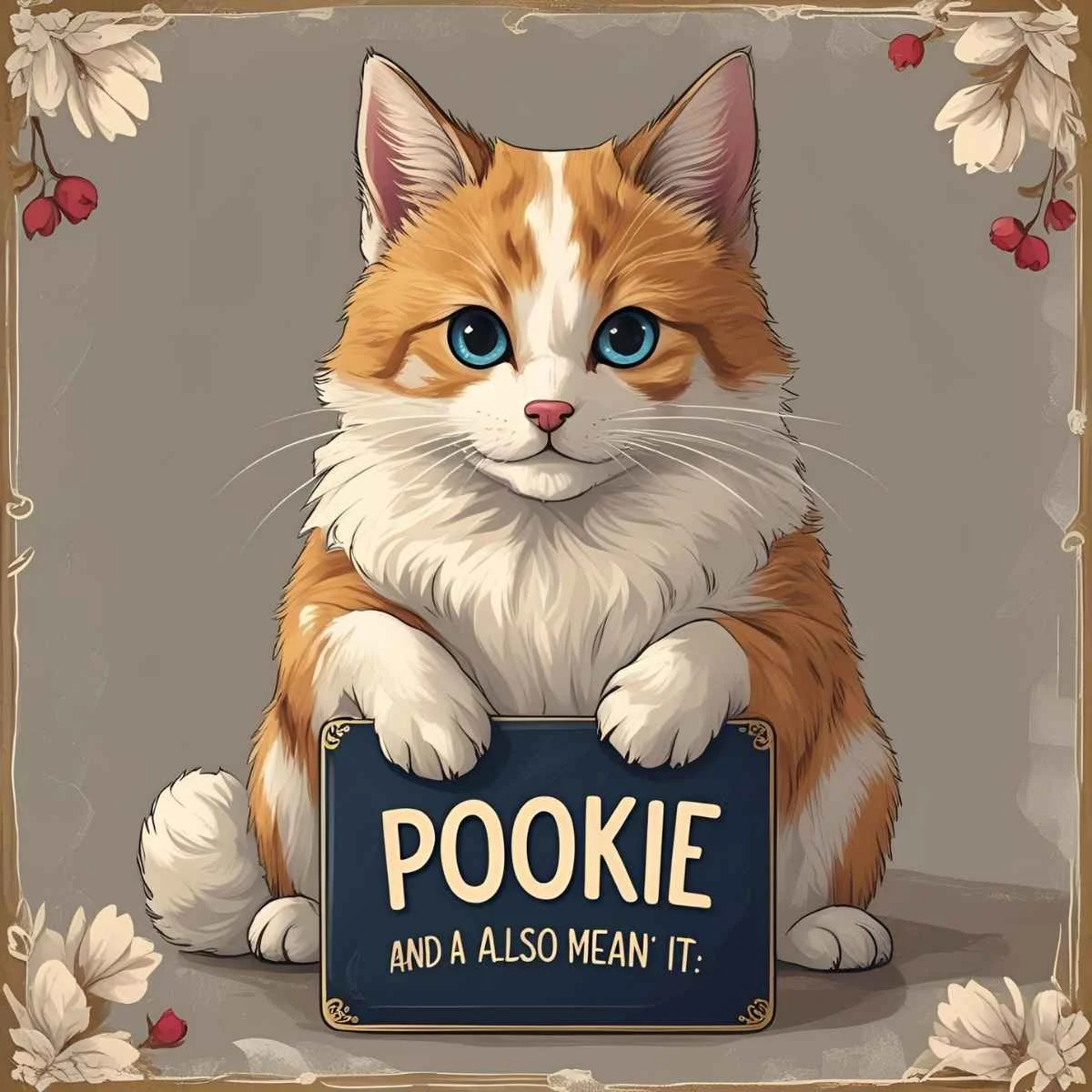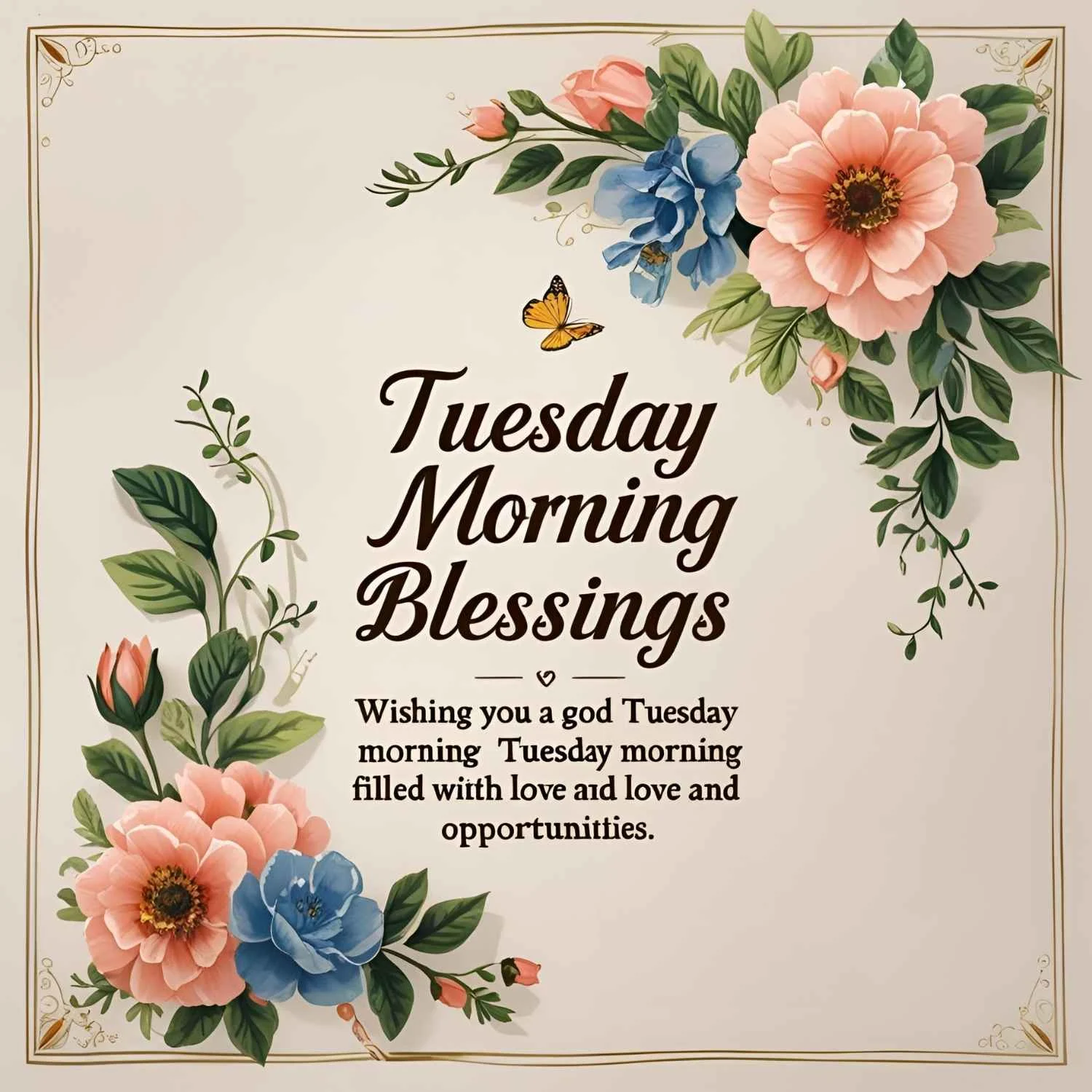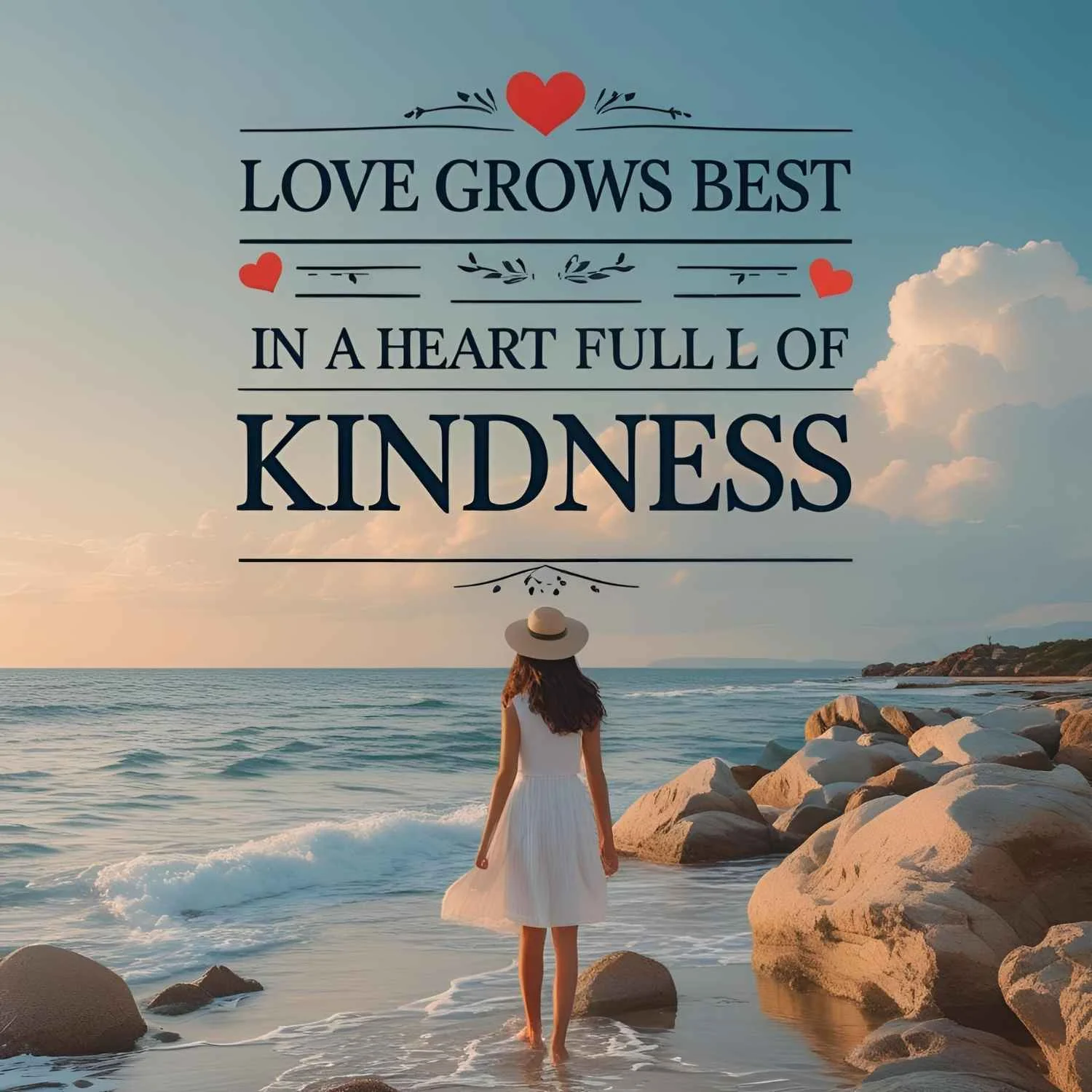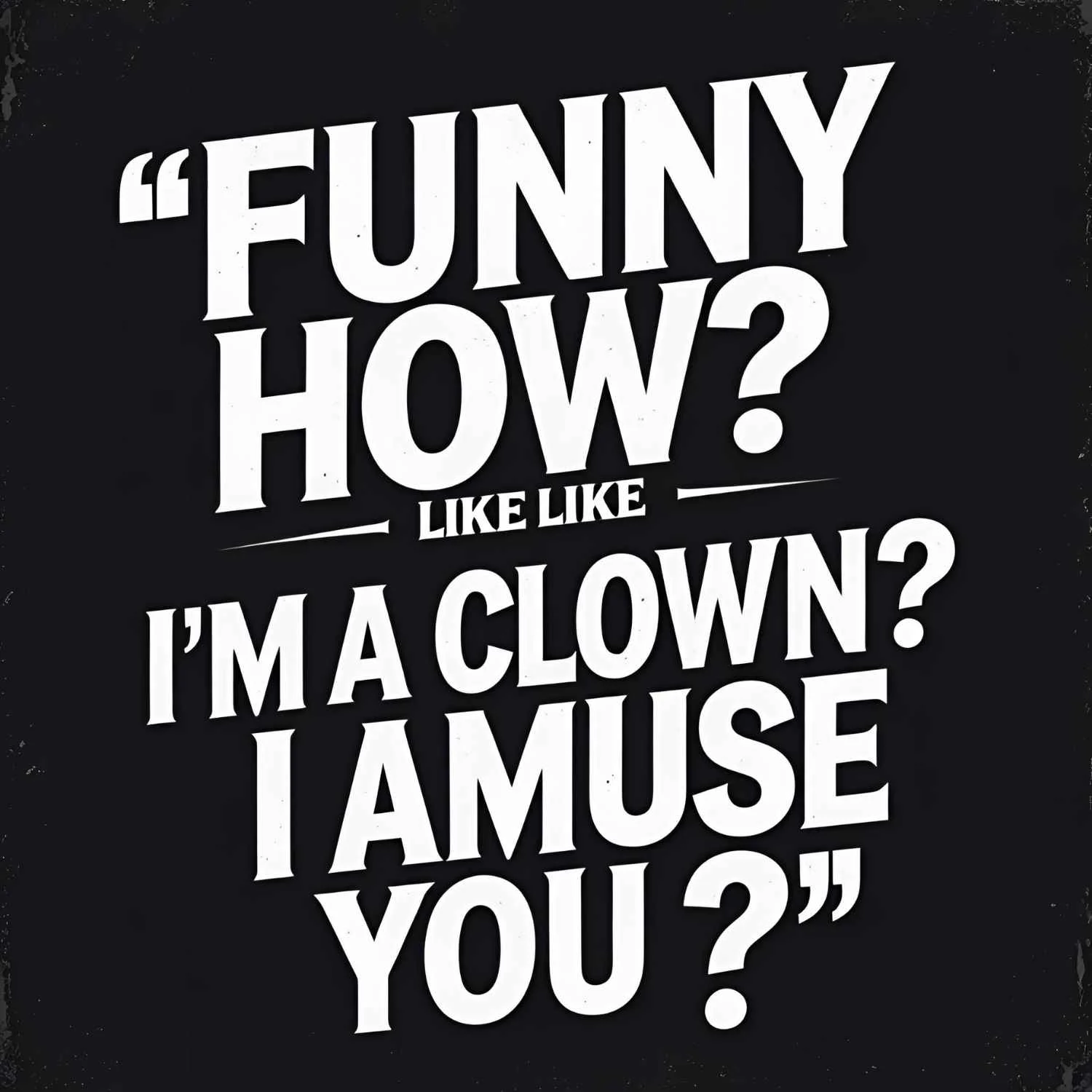Why “Pookie” is More Than Just a Cute Word
In 2025, language—especially digital language—is evolving faster than ever. Among the thousands of expressions used across texting, TikTok, Instagram, and conversations, “pookie” has taken on a uniquely powerful role. What was once a niche pet name has grown into a global symbol of affection, humor, and identity.
But what exactly does “pookie” mean? Where did it come from? Why do people use it? And are there better or more appropriate synonyms based on tone, relationship, or context?
This article unpacks everything—from pookie’s etymology and cultural evolution to modern-day usage and professional alternatives—in a way that is advanced, original, and deeply useful for both native speakers and language learners in 2025.
What Does “Pookie” Mean in 2025?
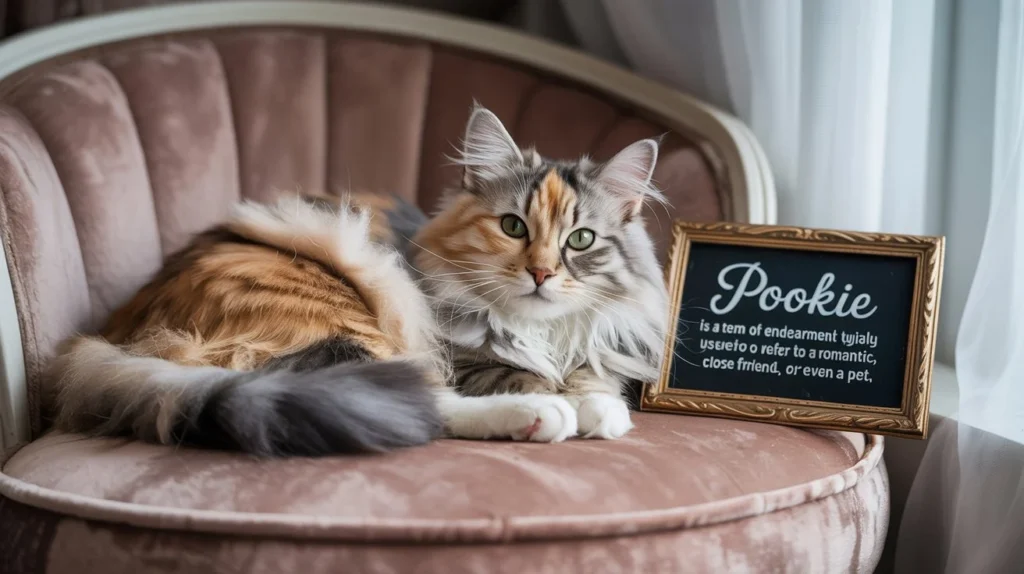
“Pookie” is a term of endearment typically used to refer to a romantic partner, close friend, or even a pet. In essence, it means:
A deeply cherished person you feel emotionally connected to, often expressed with warmth, sweetness, and sometimes playful irony.
But here’s the twist in 2025: “pookie” has expanded in emotional versatility. It can now signal:
- Romantic attachment (“Goodnight, Pookie 💤❤️”)
- Platonic affection (“You’re my pookie forever, even if we fight 😤💞”)
- Irony or playful mockery (“Okay, pookie, chill 😏”)
This makes it one of the most context-sensitive pet names in modern digital slang.
Origin of “Pookie”: From Obscurity to TikTok Fame
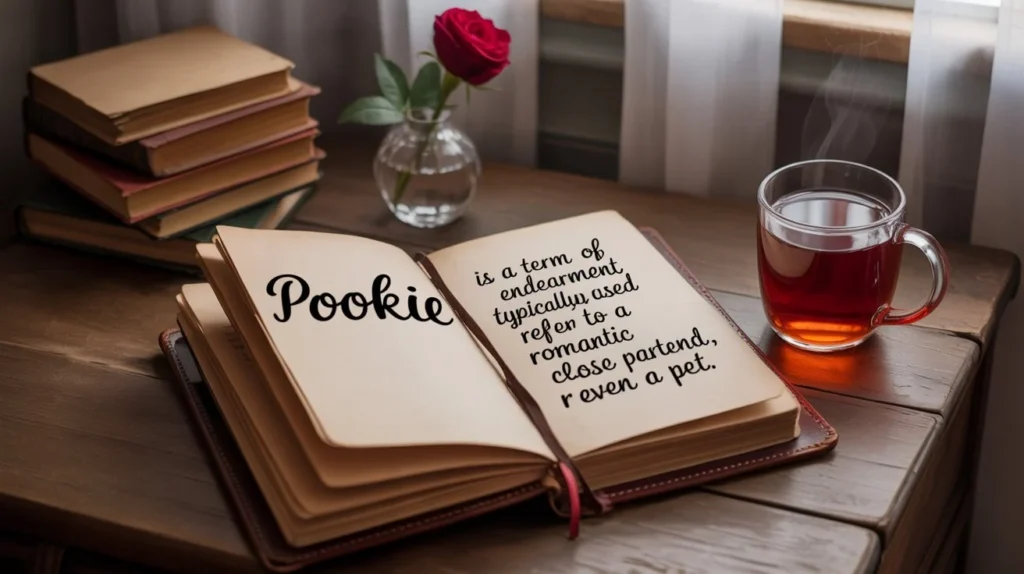
The term “pookie” isn’t new. It likely has its roots in early African American Vernacular English (AAVE), where creative pet names like “boo,” “honey,” and “pookie” were coined organically within close-knit communities.
It gained modest traction in the early 2000s, appearing in urban sitcoms and romantic comedies. But by late 2023 into 2024, TikTok creators began using “pookie” in viral skits, memes, and song lyrics. The affectionate (and sometimes exaggerated) delivery of phrases like:
“I can’t live without my pookie 😩🫶”
…turned it into a universal linguistic hug.
Why “Pookie” Became a Trend in 2025
Here’s why “pookie” is still rising in 2025:
- Short, phonetic softness: The two syllables sound warm and non-threatening.
- Gender-neutrality: Anyone can be a pookie—boyfriend, girlfriend, friend, even a pet hamster.
- Cultural exportability: Non-English speakers now use it in multilingual posts.
- Memetic power: It’s meme-friendly, emoji-friendly, and sounds cute in almost every context.
When to Use (and Not Use) “Pookie”
| Situation | Use It If… | Avoid It If… |
|---|---|---|
| Romantic Texting | You’re in a loving relationship | Your partner dislikes pet names |
| Online Banter | You’re joking or being ironic | You’re in a professional group chat |
| Talking to Pets | Perfect fit | N/A |
| Corporate Email | Never use it | Always use formal alternatives |
Synonyms & Alternatives: Saying “Pookie” Without Saying It
If you’re writing a message, talking to a boss, or texting someone new, you may want to swap out “pookie” for something that better matches the tone. Here are 10 elevated, fresh, and context-appropriate synonyms in 2025:
1. Beloved
Tone: Romantic, classic
Use: “You will always be my beloved, no matter the distance.”
Why it works: This formal alternative evokes timeless love. It’s often used in vows, literature, and respectful letters.
2. Boo
Tone: Casual, Gen Z/urban
Use: “Where my boo at? 🫶”
Why it works: “Boo” has been around for decades but still resonates with modern slang and love culture.
3. Darling
Tone: Polite, romantic, vintage
Use: “Let’s have dinner tonight, darling.”
Why it works: Great for texts, cards, and polite flirtation. Works in both spoken and written English.
4. Honeybun
Tone: Sweet, playful
Use: “Good morning, my honeybun 🍯✨”
Why it works: Combines food-based affection with warmth. Popular in Southern U.S. speech.
5. Lovebug
Tone: Flirty, youthful
Use: “You’re such a lovebug, always cheering me up!”
Why it works: A pet name that’s not overly serious—ideal for early-stage romance or very close friendships.
6. My Person
Tone: Deep, emotional
Use: “You’re not just my friend. You’re my person.”
Why it works: Emphasizes emotional connection and exclusivity. Works well in platonic and romantic contexts.
7. Snugglebug
Tone: Funny, intimate
Use: “Can’t wait to snuggle up, my snugglebug 🧸”
Why it works: Highly affectionate and personal, usually for couples or close family.
8. Pumpkin
Tone: Parental, cozy
Use: “I love you so much, pumpkin.”
Why it works: It’s been used by parents for children for decades, but still feels relevant in 2025.
9. Sweetheart
Tone: Universal, gentle
Use: “Thanks for helping out, sweetheart.”
Why it works: Polite enough to use in person or in text. Ideal when you want warmth without too much romance.
10. Angel
Tone: Romantic or compassionate
Use: “You’re an angel for bringing me soup when I was sick.”
Why it works: Compliments the person’s nature while expressing affection.
How to Choose the Right Alternative Based on Context
Choosing a synonym isn’t just about swapping words. Tone, intention, and relationship all matter. Here’s a quick guide:
- For Formal Settings: “Beloved,” “Darling,” or avoid nicknames entirely.
- For Friends: “Lovebug,” “Sweetheart,” “My person.”
- For Romantic Partners: “Boo,” “Honeybun,” “Angel,” “Snugglebug.”
- For Light Humor or Irony: “Pumpkin,” “Snugglebug,” or “Pookie” itself.
Pookie in Pop Culture (2024–2025 Highlights)
- TikTok Trend: #MyPookieChallenge surpassed 2.1 billion views in early 2025.
- Music: Several indie pop songs have lyrics with the term “pookie” used as a central romantic motif.
- Streaming Shows: Characters in hit shows like Heart & Honey casually call each other “pookie” in both emotional and sarcastic moments.
Emotional Nuance: The Psychological Pull of “Pookie”
Why do words like “pookie” resonate so much?
- Psycholinguistic Comfort: The soft consonant and vowel structure activates positive auditory feelings.
- Emotional Closeness: When used, it implies safety, trust, and exclusivity.
- Neural Reward: Studies (see 2025’s Cognitive Communication Review) found that affectionate nicknames trigger dopamine release, especially when received from a loved one.
Tips for Using “Pookie” (Or Its Alternatives) in 2025 Communication
- Texting Rule: Mirror the other person’s tone. If they say “hey pookie 😋,” respond in kind. If they use more formal language, tone it down.
- Emoji Pairings: Match emotional tone—🧸 for cozy, 💕 for romantic, 😂 for ironic.
- Don’t Overuse: Nicknames lose their charm if forced. Read the vibe.
- Respect Boundaries: If someone finds the term cringey or uncomfortable, switch to a more neutral alternative.
Why It’s Essential to Understand These Terms in 2025
Language is always shifting, and in a hyper-connected era, knowing the nuances of affectionate slang gives you an edge:
- Better relationships: Words build bonds. Saying the right thing at the right time matters.
- Social media mastery: Trending terms help you stay relevant and build connection.
- Cultural awareness: Understanding terms like “pookie” shows respect for the evolution of language.
Conclusion: So, What Does “Pookie” Really Mean?
In 2025, “pookie” means much more than a simple pet name. It’s a symbol of affection, identity, and humor. Its rise from obscure slang to mainstream vocabulary illustrates how language adapts to emotion, culture, and connection.
But knowing when to use it—and when to swap in a synonym like “sweetheart” or “my person”—is what separates casual speakers from thoughtful communicators.
So whether you’re texting your partner, messaging your bestie, or writing dialogue for your next screenplay, remember:
Words shape how people feel. And “pookie” is one of the warmest shapes there is.


